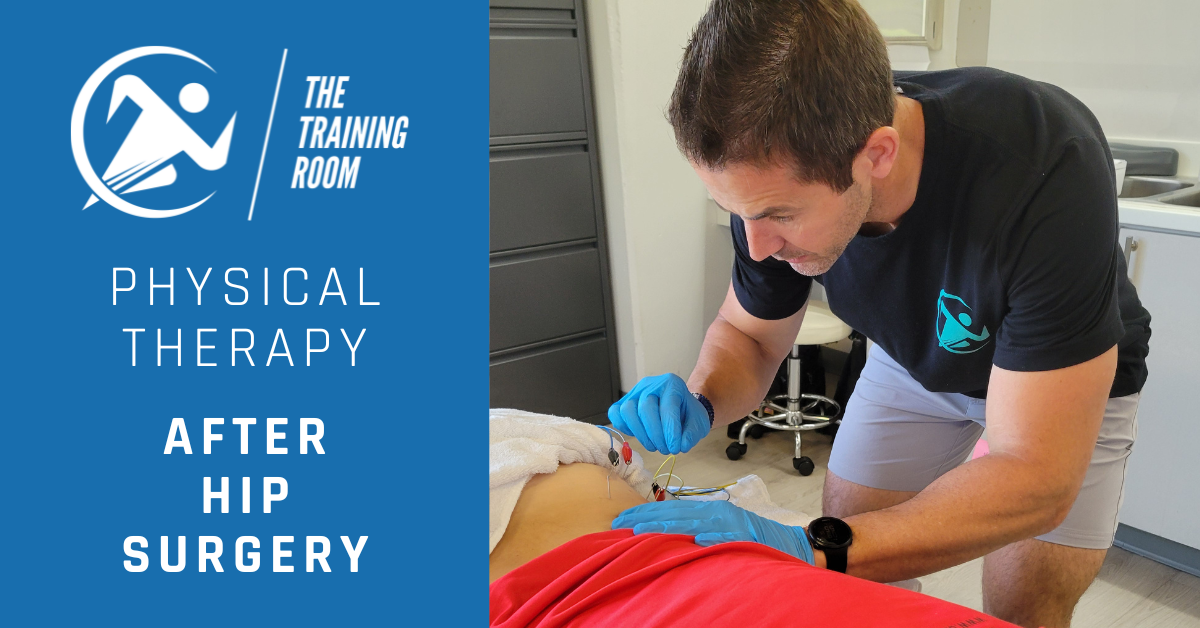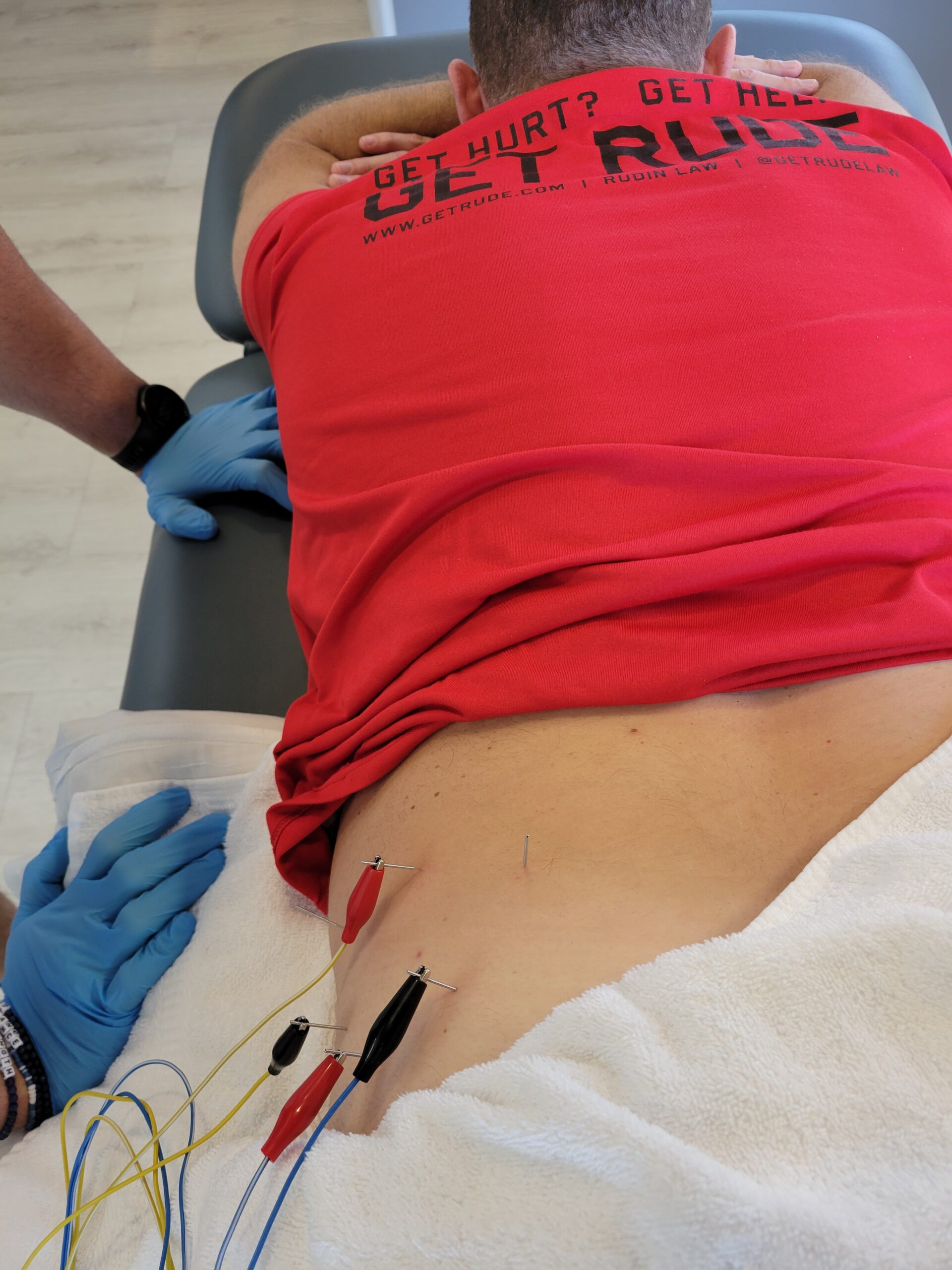
Types of hip surgery
Regardless of the reason, physical therapy after hip surgery is always recommended
for patients to return to their best selves.
What to expect after hip surgery:
We will focus on total hip arthroplasty (THA) as this is one of the most common hip procedures performed. This is a surgery that allows patients to typically go home the same day as long as there are no complications. Pain, swelling, and limitations in strength and range of motion are all normal post-operatively. There will be surgical restrictions to follow in order to protect the integrity and healing of the implant in the hip joint for several weeks after surgery. A physical therapist may come to the patient’s home to initiate the rehabilitation process until the patient is able to safely go to outpatient physical therapy.
Initial PT sessions focus on hands-on work, with progressions occurring week by week as the patient gains more independence and is able to perform more advanced activities and exercises. The Training Room Doctors of Physical Therapists create a fun and inviting environment where every session is one on one in order to allow the patients to safely work towards their goals and regain full function again.

What determines good outcomes after hip surgery?
Compliance and consistency are key in having a good return to function post-operatively. Everything may have gone excellently with the surgery itself, but the real work starts once you’re sent home. Having open and honest communication with the PT is likely to result in better outcomes so both you and your Physical Therapist can be on the same page. Additionally, factors such as healthy eating, proper hydration, and sleeping habits all affect the physical therapy process after hip surgery. Leading an active lifestyle is important to maintain stability and strength around the hip joint. At the minimum, daily walking has many benefits in addition to a regular strengthening routine that is safe for the patient to perform. According to the Cleveland Clinic, about 90% of patients show improvement in pain and function within one year of surgery, and 90-95% of implants remain intact for at least 10-15 years before requiring a revision.
Have questions? Contact us Today!
About the Author

